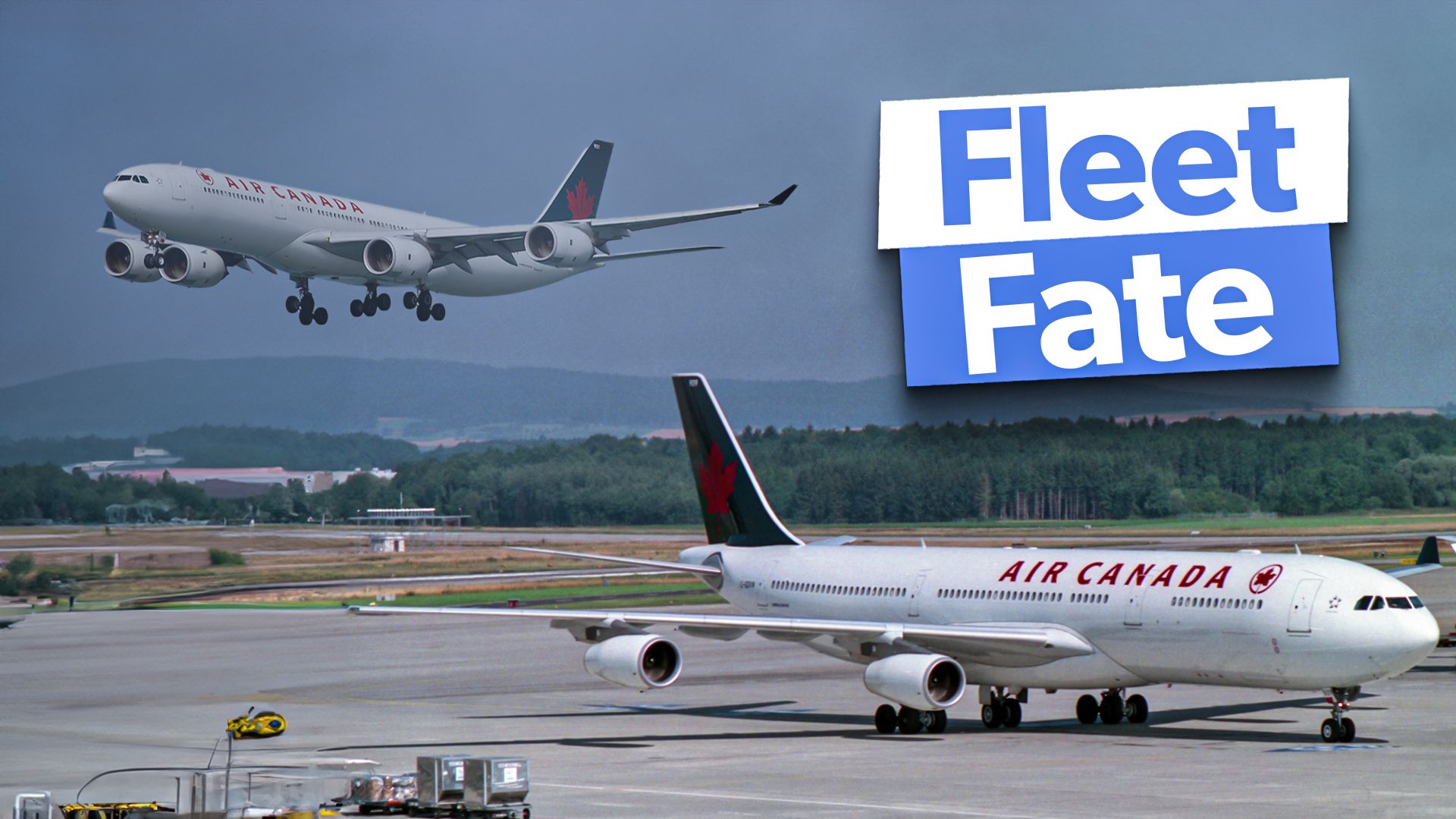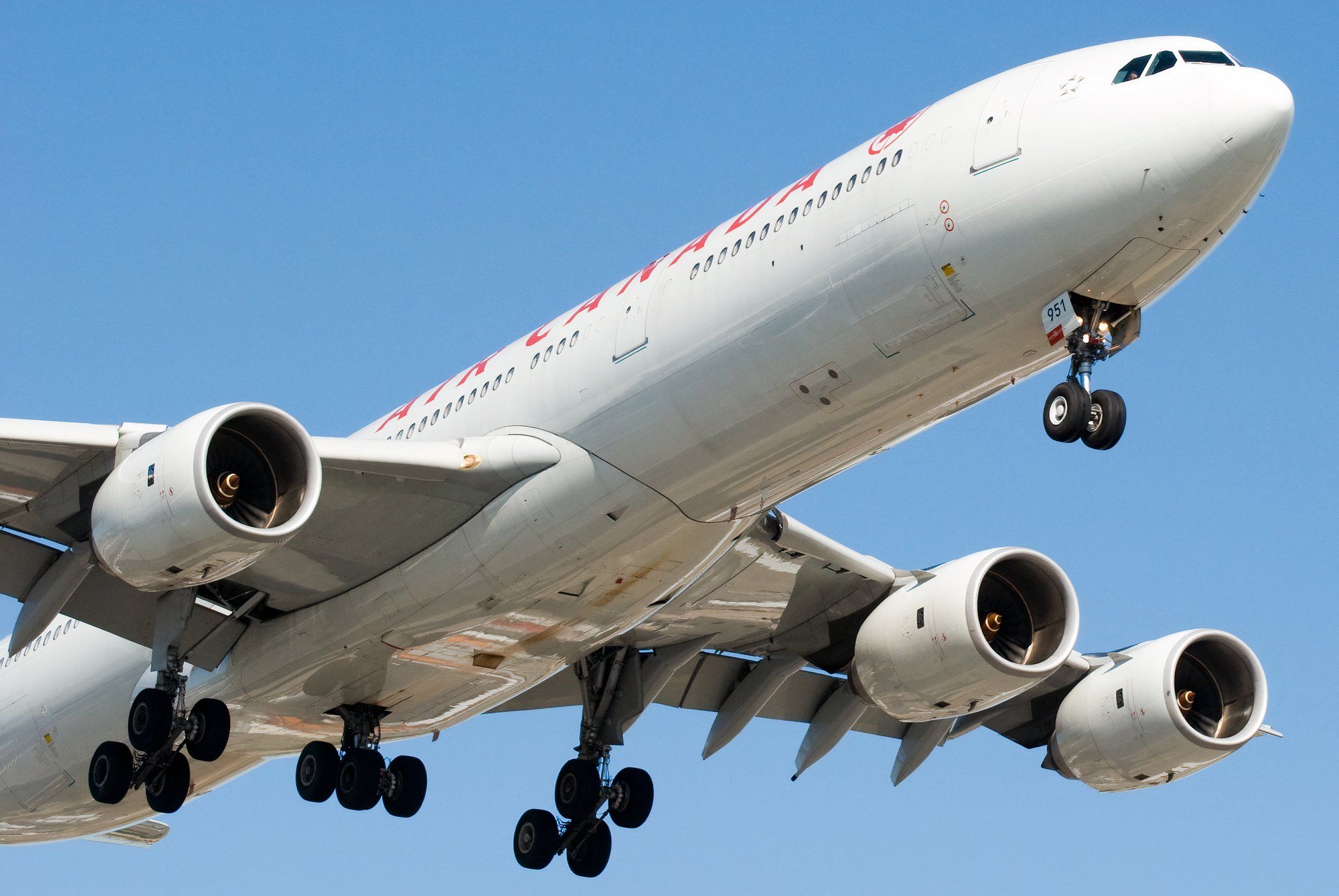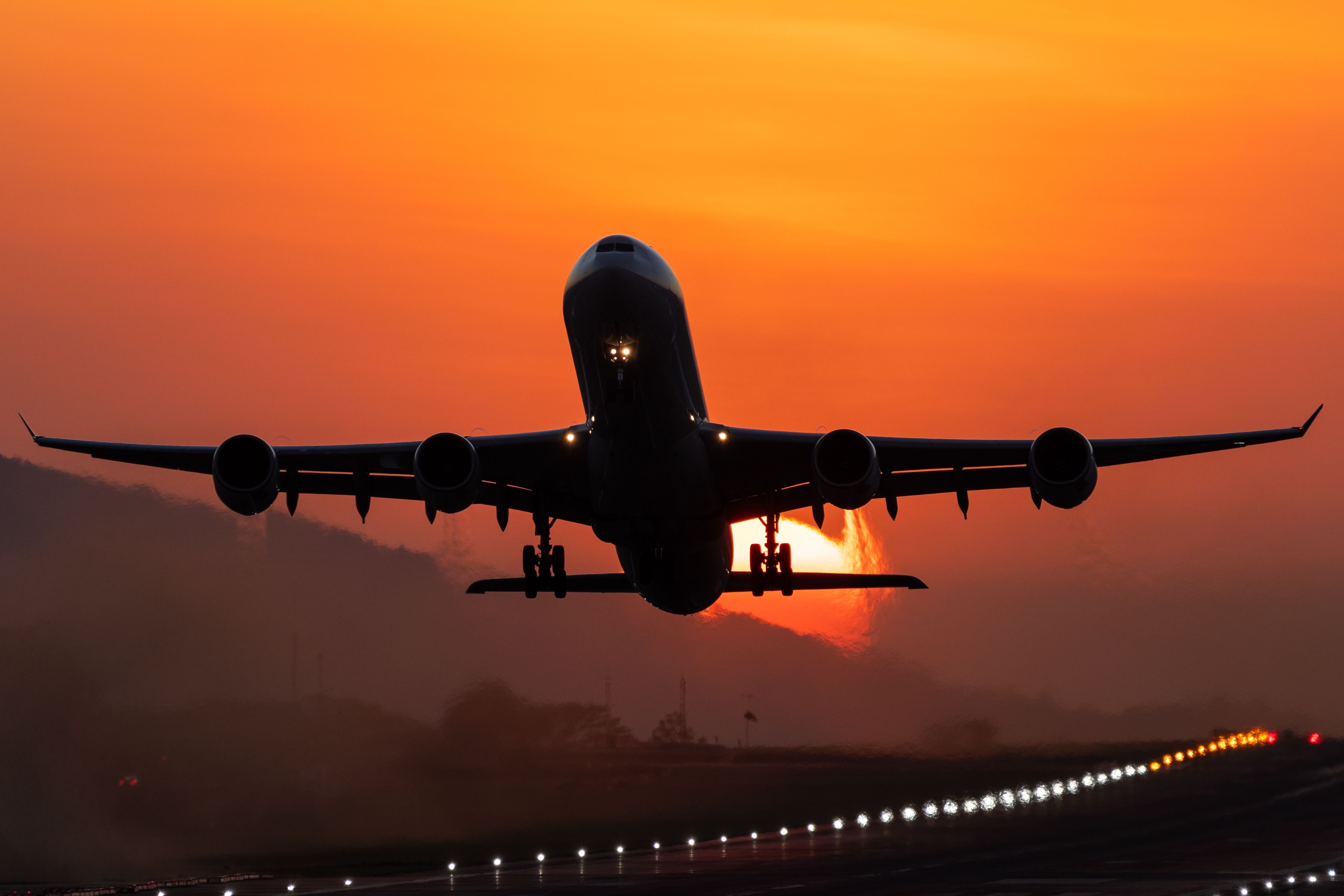Summary
- Air Canada operated 15 Airbus A340 aircraft, mostly A340-300s, between 1995 and 2008.
- The A340-500 madea brief appearance, serving specific routes before leaving the fleet within 3 years.
- Air Canada once had an order for the A340-600 model, but eventually canceled it due to industry changes.
Canadian flag carrier Air Canada presently operates various Airbus designs, ranging in size from the ex-Bombardier A220 to the A320ceo and A320neo families, with its largest Airbus jet being the twin-aisle A330. However, did you know that, previously, it has also flown the four-engine Airbus A340? A total of 15 of these aircraft graced the airline’s fleet between 1995 and 2008. Let’s explore their story further.
A penchant for the A340-300
According to historical fleet data made available by ch-aviation, 13 of the 15 Airbus A340s that Air Canada used to operate belonged to the family’s A340-300 variant. Of these, all but one arrived at the airline in the mid to late 1990s. C-FTNQ was the first A340-300 to join Air Canada, with the carrier taking delivery of it on June 15th, 1995. Meanwhile, C-GDVZ was the last 1990s arrival, on June 28th, 1999.
Around six years after this, the 13th and final example of the Airbus A340-300 to join the Montréal-headquartered Star Alliance founding member arrived second-hand on lease from ILFC in June 2005, bearing the registration C-FDRO. After just over two years at the Canadian flag carrier, its lease at Air Canada ended, and it joined Aerolineas Argentinas before being broken up in Goodyear, Arizona in 2014.
However, what became of the Airbus A340-300s that joined Air Canada in the 1990s? For the most part, these aircraft served Canada’s national airline for somewhat longer than the final 2005 arrival, and they ultimately left the fleet between January 2002 and November 2008. Airlines that they flew for after Air Canada included the likes of AirAsia X, Air Jamaica, BWIA West Indies Airways, Iberia, and SWISS.
Configuration and usage
As pictured above, Air Canada painted one of its A340-300s in a special livery celebrating its cooperation with the early members of the Star Alliance. Data from Planespotters.net shows that Air Canada favored two-class setups – one of these had 30 business and 252 economy class seats onboard, while the other had 44 business and 220 economy seats.
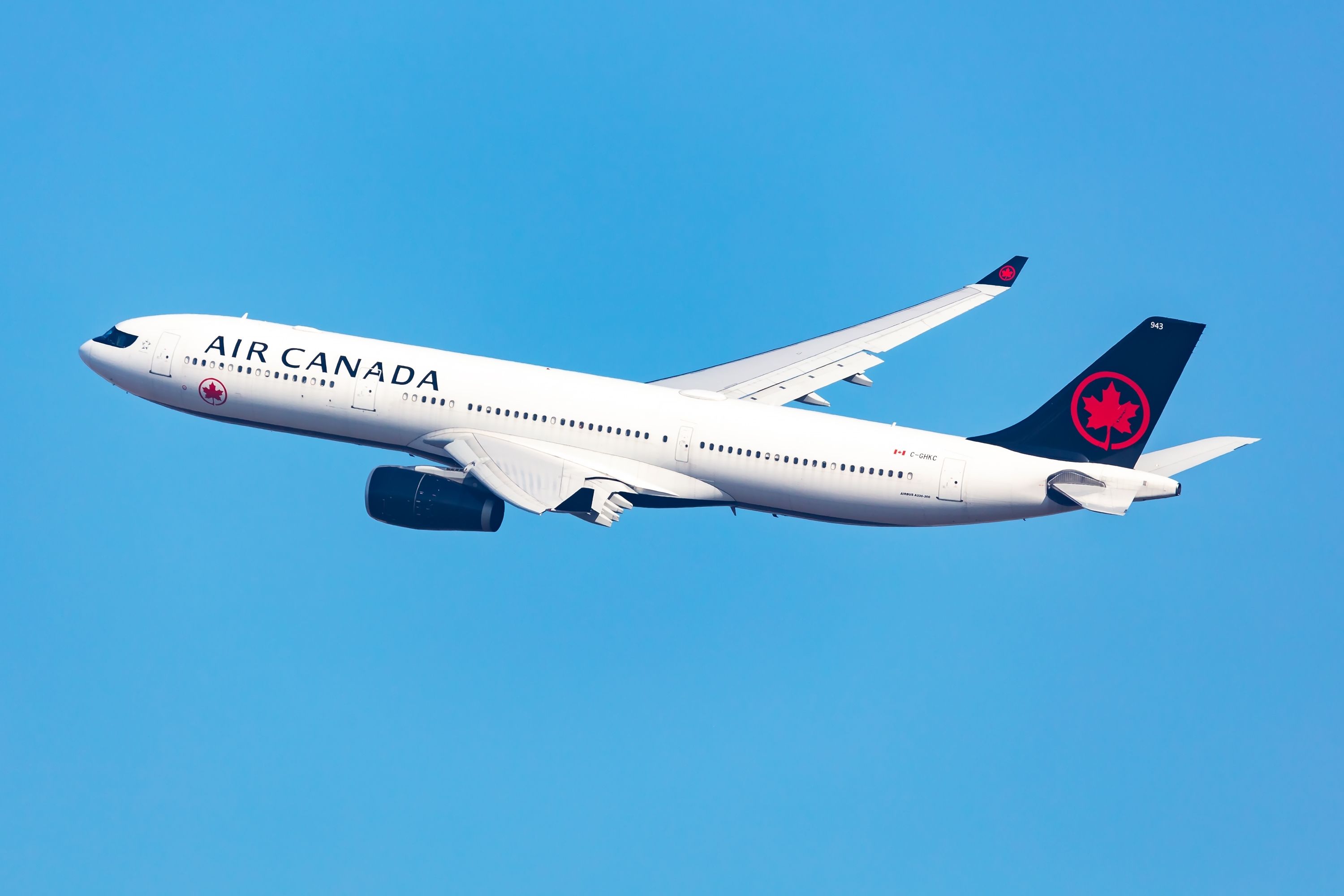
Related
Behind The Scenes: We Explored Air Canada’s Operations Center
Simple Flying took a close look at the flag carrier of Canada’s operations.
Taking a look at historical scheduling data made available by Cirium, an aviation analytics company, we can get an idea of the sorts of routes on which Air Canada used to deploy its Airbus A340-300s. For example, back in 2006, it scheduled 4,483 flights with the type, with these services collectively offering grand totals of 1,282,138 seats and 6,796,962,744 available seat miles. Among the top routes were:
- Toronto (YYZ) – London Heathrow (LHR).
- Toronto – Frankfurt (FRA).
- Vancouver (YVR) – Hong Kong (HKG).
Two A340-500s
While the A340-300 variant dominated Air Canada’s Airbus 340 fleet, it also briefly flew a pair of larger A340-500s. These bore the registrations C-GKOM and C-GKOL, and arrived at the Canadian flag carrier in June and July of 2004, respectively. Much like the A340-300, the airline configured the cabins of these aircraft with two classes, installing 42 business class seats and a 225-seat economy class section.
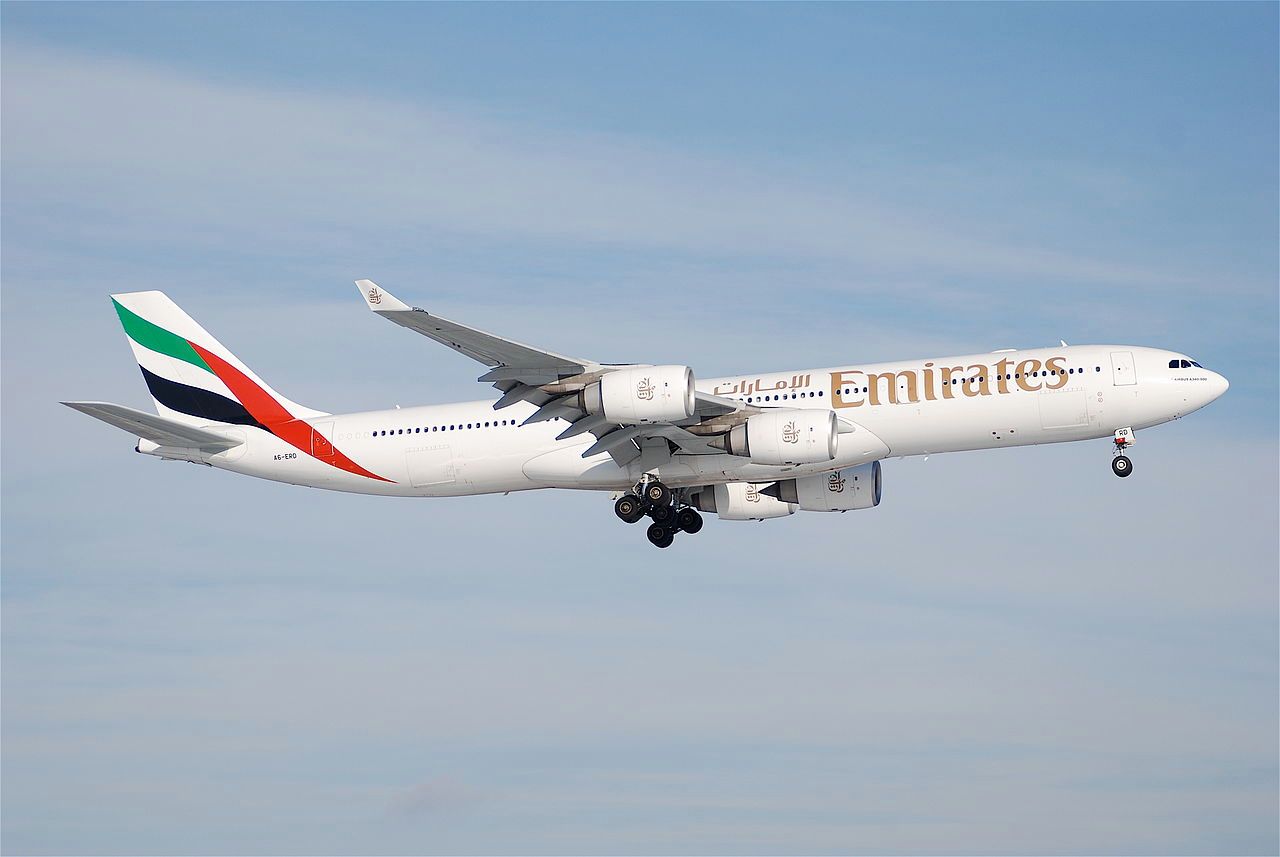
Related
Why Airbus Built The A340-500
When ETOPS rules were relaxed, four-engined planes fell out of favor.
Despite arriving brand-new at the Canadian national airline, their operational spell only lasted just over three years. Indeed, in October 2007, the pair of A340-500s left the carrier within 18 days of each other, and they later went on to fly for Brazilian flag carrier TAM. C-GKOL was scrapped in Rio de Janeiro in 2015, while C-GKOM is in storage in Teruel, Spain registered as D-AAAL.
When it comes to the Airbus A340-500’s usage, Cirium’s data shows that Air Canada favored very specific routes for these stretched-fuselage quadjets. Indeed, using 2006 as an example once again, we can see that they were deployed almost exclusively between Toronto and Hong Kong, alongside occasional domestic trips to Vancouver. 2007 saw a little more variety, with the following cities also served:
- Frankfurt.
- Tokyo (NRT).
- Beijing (PEK).
- London Heathrow.
- Shanghai (PVG).
The lost A340-600 order
In addition to the 15 examples of the Airbus A340 across two variants that flew for Air Canada, there was also a time when the Canadian national airline was set to receive the even larger A340-600 model. Soon after Airbus revealed its plans to develop this variant at the 1997 Paris Air Show, Air Canada placed an order for it amid considerable excitement, requesting eight A330s and A340s at this point.
Photo: juanpabloms | Shutterstock
However, a combination of factors eventually led the Canadian flag carrier to cancel this order. Firstly, the industry-wide downturn that followed 2001’s 9/11 attacks made for a challenging financial climate, which prompted Air Canada to defer the order to 2004. During this period, shifts in fleet strategy caused the airline to defer the order for a second time, pushing it back by another six years to 2010.
The airline eventually canceled the order altogether, which now seems like a good call. After all, the comparatively inefficient A340 has fallen out of favor compared to modern twinjets like the Boeing 787, of which Air Canada operates 39 examples. Going forward, the carrier also has one 787-9 and 18 787-10s on order.
Did you ever fly on one of Air Canada’s Airbus A340s? If so, where did it take you, and how did you like the aircraft? Let us know your thoughts and experiences in the comments!

